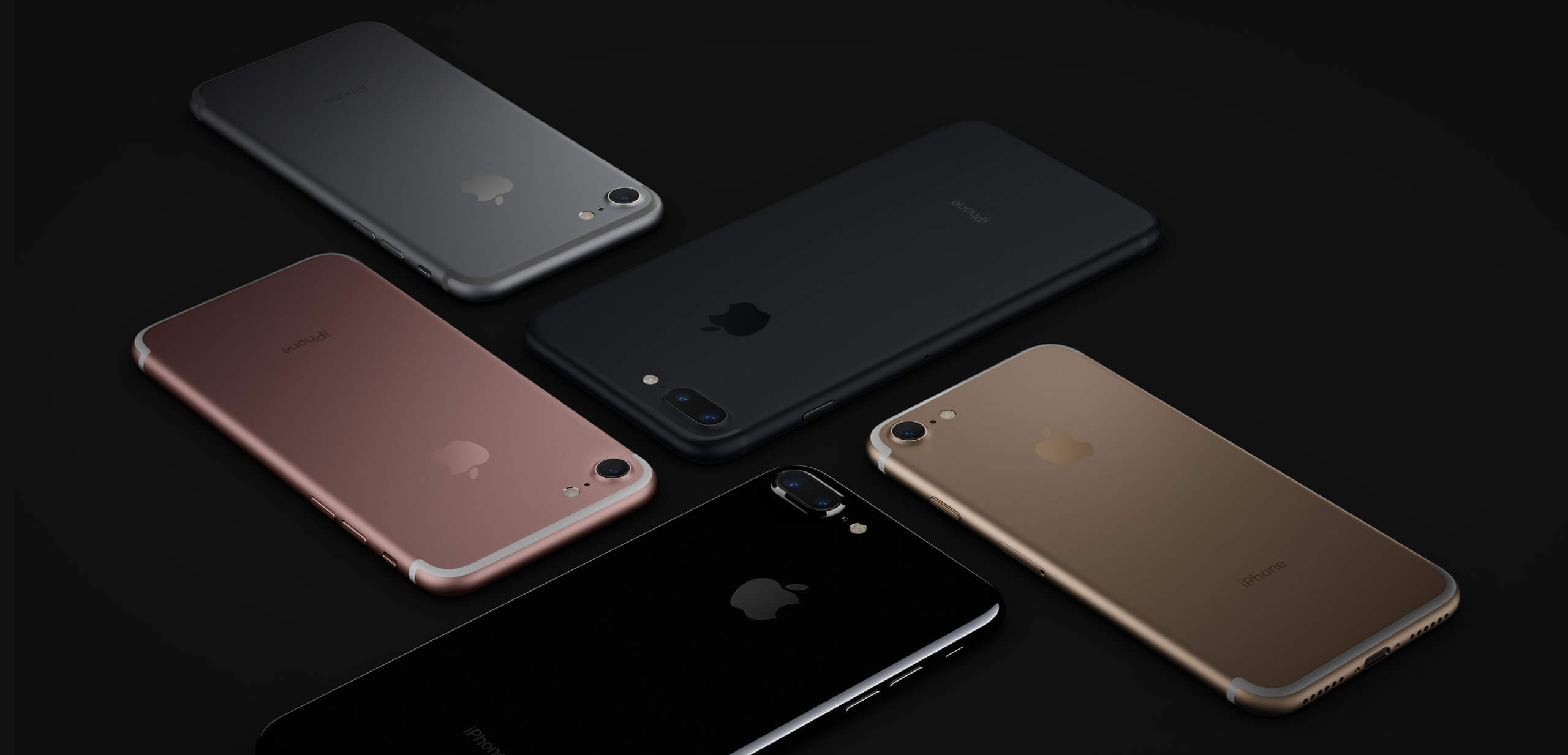Apple took the stage at the Bill Graham Civic Auditorium in San Francisco to formally unveil its 10th generation iPhone.
What would otherwise be a momentous occasion has been somewhat marred in the lead-up by rumors that Apple would recycle the same general design for a third consecutive year and perhaps more importantly, eliminate the 3.5mm headphone jack in favor of its proprietary Lightning port. Some have even suggested Apple will introduce a custom wireless standard to compensate for Bluetooth's shortcomings.
Add in the fact that this is the first time Apple has unveiled a new iPhone in the wake of declining sales and you've got the makings for what could be - for better or for worse - a defining moment in the company's history.
What came to pass and what proved to be mere cannon fodder? Here's everything you need to know from today's unveiling.
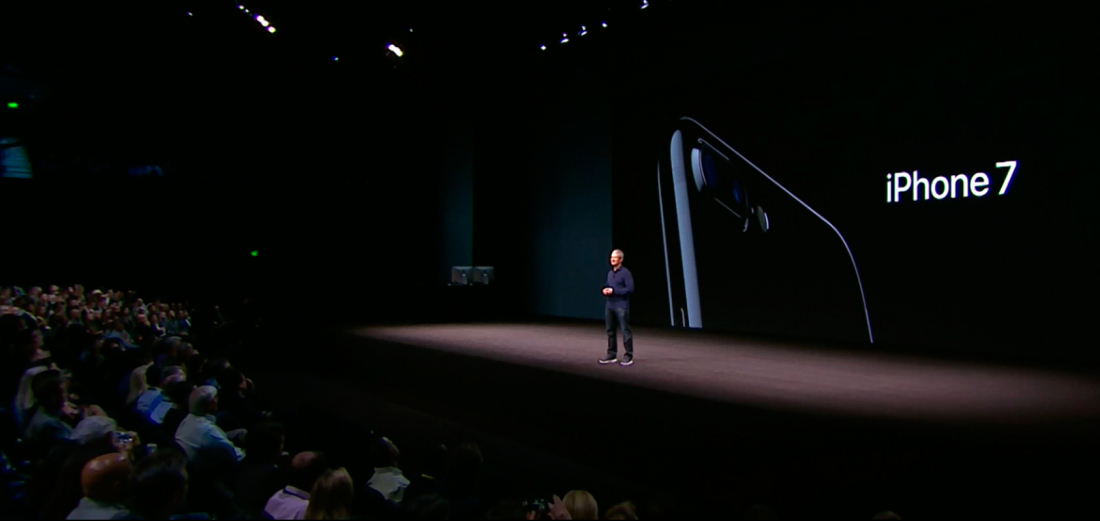
The new iPhone 7 may not feature the revolutionary new design that everyone was hoping for early in the rumor cycle but of course, Apple isn't having any of it. The first of 10 major features Apple touted is a "new design."
New for the iPhone 7 is a camera body that's sculpted out of the phone's aluminum chassis, revised antenna lines that are less visible and a new color option in a high-gloss black finish crafted using a rather complex manufacturing process. In addition to this gloss black, there are also standard black, gold, silver and rose gold color options.
Apple has also reengineered the Home button, replacing it with a solid-state, force-sensitive version complete with Taptic engine (for haptic feedback). This, along with other improvements like new seals and adhesives, means the new iPhones are officially water and dust resistant (IP67 rated).
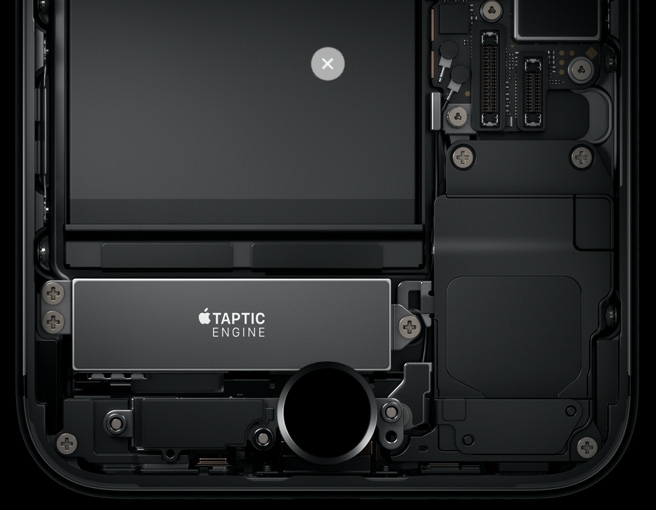
As rumored, Apple has improved the iPhone's already well-regarded camera and included a secondary unit for the larger iPhone. Now, all iPhones come with optical image stabilization (previously limited to the larger Plus models) and an f/1.8 aperture lens that lets in 50 percent more light. There's also a new six-element lens, a 12-megapixel sensor that's 60 percent faster and 30 percent more energy efficient and a new flash with four LEDs that's 50 percent brighter and reaches 50 percent further.
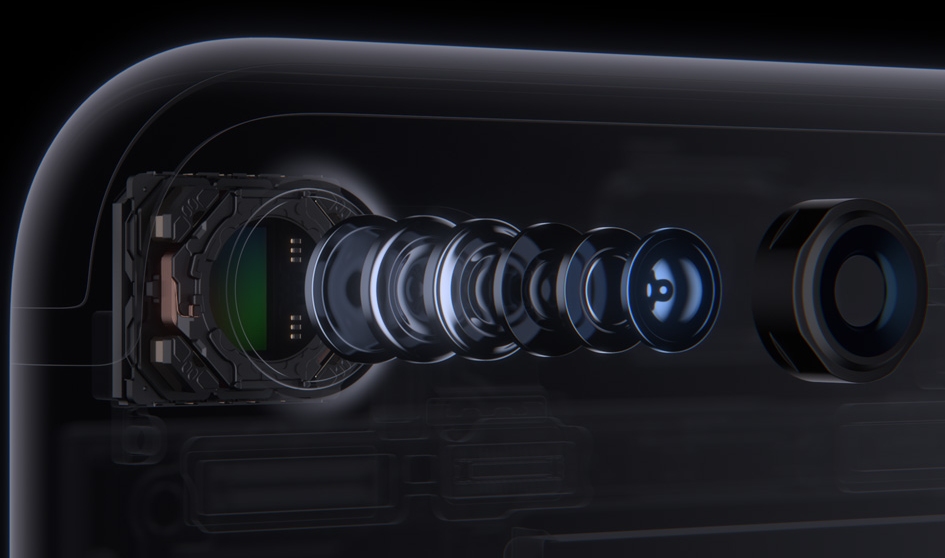
Powering the camera experience is an Apple-designed image signal processor with twice the throughput of its predecessor. Apple says its new ISP performs 100 billion operations every time you take a photo - all in just 25 milliseconds.
On the front is a larger 7-megapixel FaceTime HD camera (up from 5MP) with auto image stabilization and wide color capture.
The iPhone 7 Plus features a second 12-megapixel camera. With this configuration, one is mated to a wide-angle lens while the other is a 56mm telephoto lens. This allows users to have true optical zoom (up to 2x). While you can zoom in up to 10x, everything past 2x is done in software (meh). Apple says the software results are impressive but I'll believe it when I see it.
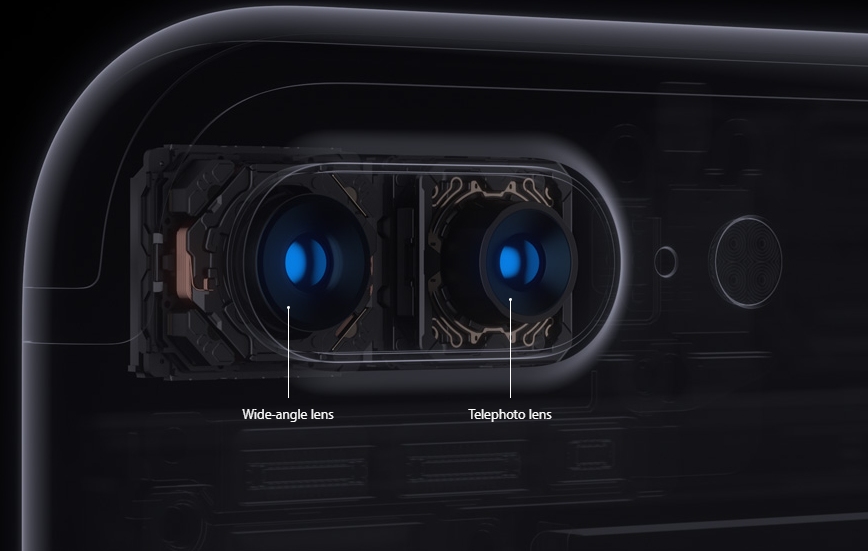
The dual camera configuration also enables a new portrait mode that enhances depth of field. Unfortunately, this mode won't be ready at launch but will instead be added later this year via software update. Again, this is only for the iPhone 7 Plus with the dual camera configuration.
Apple is once again sticking with its traditional Retina HD display, 4.7-inch (1,334 x 750 pixels) for the iPhone 7 and 5.5-inch (1,920 x 1,080 pixels) for the larger Plus model. Apple says the screen is now 25 percent brighter (625 cd/m2 max brightness, typical) and has a wider color gamut (P3).
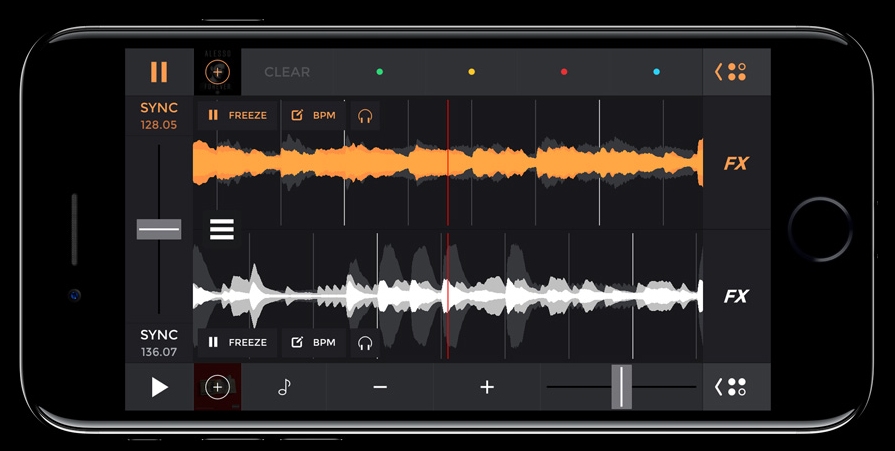
On the audio front, users will now enjoy dual stereo sound (finally) courtesy of one speaker on the bottom and another positioned where the standard phone earpiece lies. For those that really like to crank the volume, Apple says the new speakers are twice as loud as existing models.
As predicted, it's the end of the road for the venerable 3.5mm headphone jack as Apple is moving forward with its digital Lightning port. To ease the transition, Apple is including a Lighting-to-3.5mm jack with every new iPhone as well as a set of EarPods wired for Lightning.

Apple also unveiled a new wireless technology powered by its new W1 chip that'll run in its own wireless AirPods (wireless EarPods) which get up to five hours of use on a single charge. The Cupertino-based company also spent some time showcasing some new Beats headphones that'll use the new wireless technology (no surprise there). It's unclear if Apple is planning to license out its W1 chip for other manufacturers to use or if it'll remain an Apple-brand exclusive (my vote is the latter, at least initially).
Powering the new iPhones is an all-new A10 Fusion chip, a 64-bit, quad-core SoC with 3.3 billion transistors. It consists of two high-performance cores that are 40 percent faster than its A9 chip (and 120x faster than the original iPhone) as well as two high-efficiency cores that run at 1/5th the power for lighter-loads like e-mail. In terms of graphics, the new chip is 50 percent faster than the A9 (and 240x faster than the first iPhone).
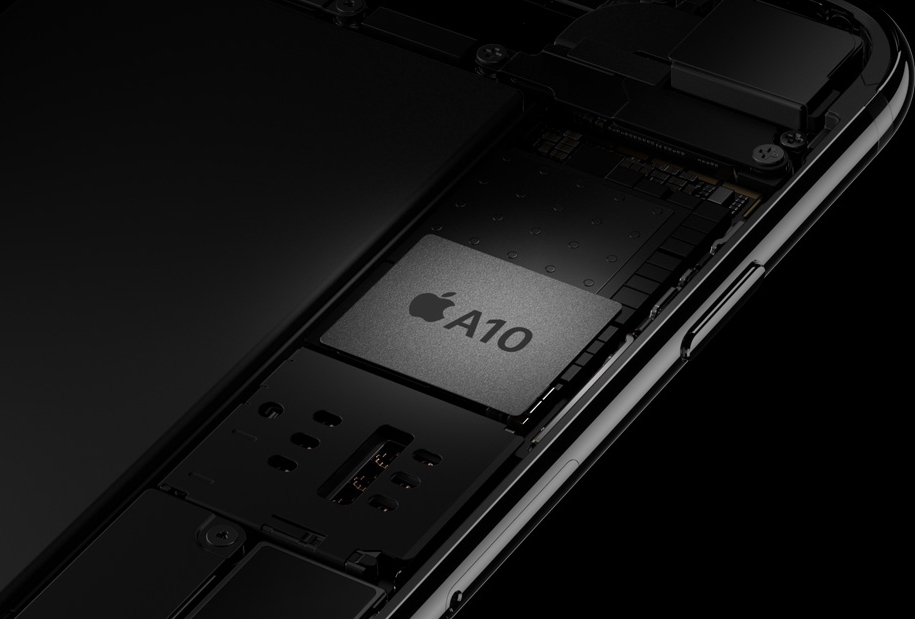
As for battery life, Apple says the iPhone 7 should last about two hours longer than the iPhone 6s while the larger iPhone 7 Plus will run for about an hour longer than its predecessor.
The iPhone 7 starts at $649 and will be offered in 32GB, 128GB and 256GB capacities. The iPhone 7 Plus begins at $769 with the same storage options. Note that the new jet black color is only sold in 128GB and 256GB capacities.
Pre-orders for the new iPhone start September 9 (this Friday) before launch a week later on September 16.
